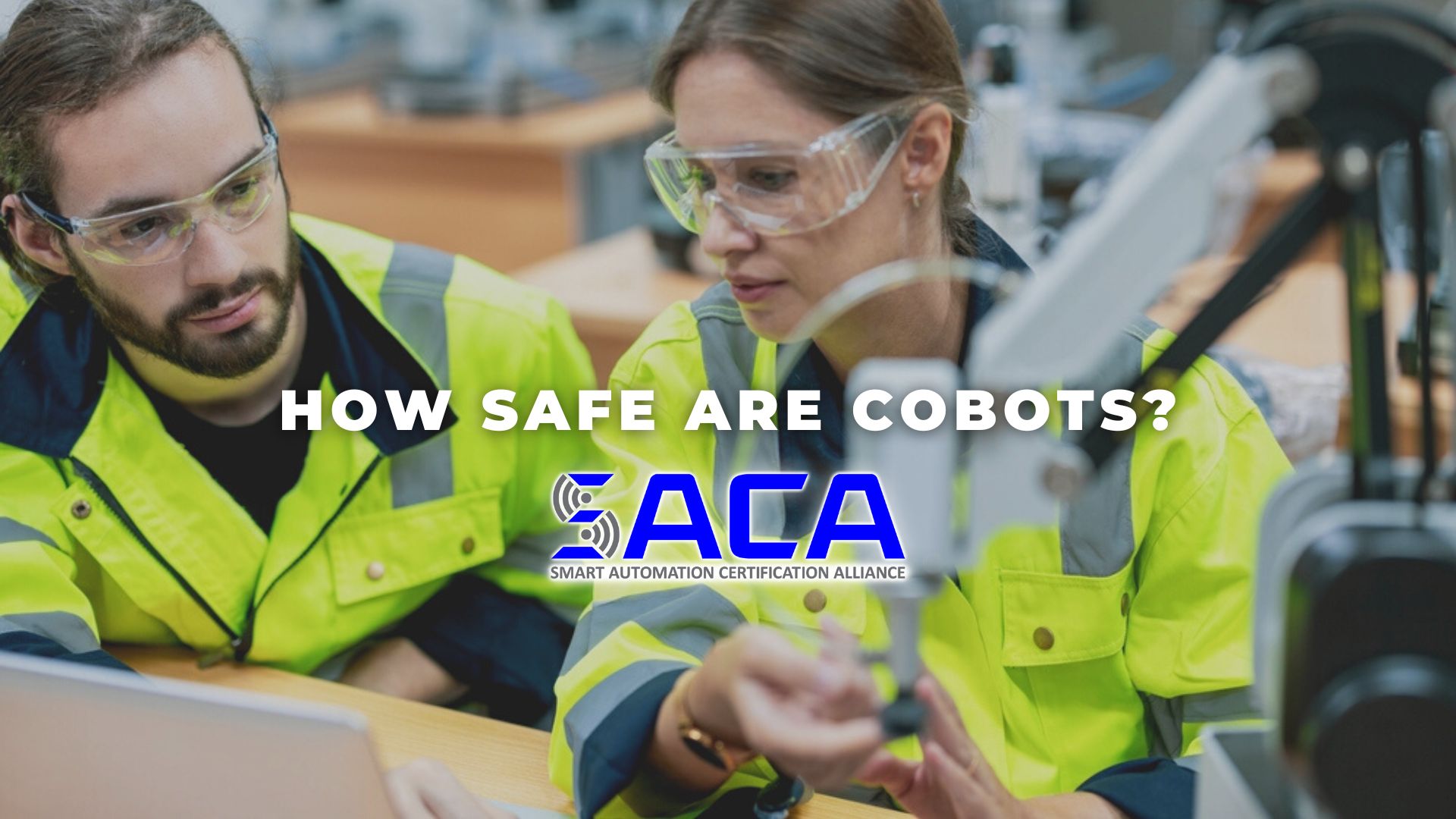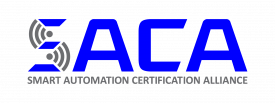Lean Manufacturing Goes Digital
“Digital Lean” Adds Value by Focusing on Specific Process Improvements
If you work in the manufacturing industry, there’s a good chance you’re familiar with the concept of lean manufacturing. This production system that focuses on eliminating waste and maximizing productivity is based upon guiding principles that date back to the late 1950s and early 1960s.
According to a recent Industry Week article by Doug Berger and Conrad Leiva, “Lean has played a significant role for the past few decades in driving efficiency across manufacturing organizations by providing people with the data and methods for eliminating waste, improving factory flow and focusing on customer value. Lean techniques have promoted simple, intuitive visual and analytical approaches to decision making, problem-solving and continuous improvement.”
Thanks to modern advanced automation technologies, there’s been renewed interest in lean manufacturing and its possibilities. Berger and Leiva note that “[t]he ‘digital lean’ movement stays true to lean principles while taking advantage of the real-time and data-centric techniques from smart manufacturing and Industry 4.0.”
Digital lean doesn’t just promote technology for the sake of the latest and greatest, though. To be most effective, digital lean “works best when the operations improvement team pulls in technology to add value for specific process improvements.”
According to Berger and Leiva, “technologies like automated data collection, analytics platforms, digital dashboards, artificial intelligence and integrated workflow systems” can result in “even greater levels of efficiency, quality, velocity and adaptability in operations.”
The authors point out three key areas where “the added value that well-placed digital technology can bring to a lean effort”:
- Reducing Waste: Advanced automation technologies can improve waste reduction by:
- using predictive maintenance to reduce downtime;
- using real-time detection to reduce defects; and
- using enhanced value stream mapping (VSM) to reduce waste.
- Reducing Inventory: New Industry 4.0 technologies can improve inventory efficiency by:
- using automated material tracking to minimize inventory waste; and
- using automated material handling systems to improve flow throughout a facility.
- Improving People Utilization: Adding the right smart technologies can improve people utilization by:
- using real-time digital dashboards to improve work rhythm;
- using digital work instructions to reduce errors;
- creating paperless processes to eliminate unnecessary clerical steps; and
- using online training to improve talent use.
Getting started on a digital transformation to improve efficiency and productivity can seem like a monumental task. Berger and Leiva encourage manufacturers to “prioritize your areas of opportunity” and “for each step in your journey to build on the prior one and lay a good foundation for expanding future capabilities. Keep your options open.”
Of course, manufacturers will also need the right personnel to put digital lean plans into action. That’s why it’s critical for manufacturers to hire highly skilled workers that can operate, maintain, troubleshoot, and repair the advanced automation systems that are implemented as part of digital lean initiatives.
Unfortunately, due to the ongoing “skills gap” facing industries across the country, finding highly skilled workers remains a significant challenge. How can employers be sure that workers have the hands-on skills they need to succeed in the modern workplace? Today, more and more employers are looking for workers with industry-standard certifications that prove they have the skills needed.
For example, if workers possess a certification from the Smart Automation Certification Alliance (SACA), employers can feel confident they’ve already proven they have the knowledge and hands-on skills needed for working with advanced smart automation technologies.
SACA has been hard at work collaborating with industry leaders to develop a wide variety of industry-standard certifications that will help employers find workers who possess the advanced connected-systems skills they need to take their businesses to the next level. Be sure to check out SACA and all it has to offer!
- Published in News
Risk Assessment Still Essential to Ensure Cobot Safety
As advanced automation technologies have become commonplace in industrial workplaces over the last decade, many workers have feared that their jobs would soon be replaced by these technologies, such as robots. However, while some dangerous, overly-repetitive job tasks have been taken over by industrial robots, these technologies have actually created a variety of new jobs centered on their installation, operation, maintenance, troubleshooting, and repair.
Moreover, many workers now find themselves working right alongside robots that make their jobs easier and safer. These robots, known as collaborative robots or cobots, tend to be smaller, slower-moving versions of their industrial robot counterparts.
Cobots are designed to operate at slower speeds and with more safeguards than traditional robots, so that they can safely operate in close proximity to human workers. Despite these design considerations and the safety record of cobots, experts argue that ongoing risk assessment remains essential to ensure cobots and human workers continue to work safely together.
According to a recent Automation World article by David Greenfield, “beyond the built-in safety aspects of cobots—such as smooth, rounded edges to minimize pinch points, slow operating speeds and lighter load capacities—key safety regulations have been introduced to help ensure a safe working environment.”
For example, “ISO/TS15066 clearly calls out that a risk assessment is necessary to identify the hazards and risks associated with a collaborative robot system application. It notes that the integrator ‘shall conduct a risk assessment as described by ISO 10218 and ANSI/RIA15.06’.”
Risk assessment of automated industrial applications seems like a no-brainer, right? Unfortunately, “cobot risk assessments are commonly overlooked in industry.” Why? Probably because “[t]heir use in industry over the past 10+ years has proven their ability to be used safely.”
According to Greenfield, “[t]ypical application hazards, such as impact questions, trapping and projectiles are often overlooked once the term collaborative robot is used because it’s taken that this is a safe piece of equipment. But this is why a risk assessment is required. So you have to look at the loads, the materials and the robot torque.”
It’s also important to assess risk “related to the cobot’s location. Based on where the cobot is located, you have to consider if you are creating a crushing or a trapping hazard with the cobot. You also have to consider if the cobot position is high enough that it could come into contact with an operator’s head.”
“The bottom line for cobot safety is to: 1) Not assume it will always be safe to use alongside humans just because it’s a cobot; and 2) Identify the hazards and risks associated with your planned use of the cobot using the available safety standards.”
Does your organization use cobots in the workplace? If so, do you have risk assessment procedures in place to ensure worker safety? These types of questions are why it’s critical for industries to hire highly skilled workers that can manage risks, in addition to operating, maintaining, troubleshooting, and repairing the advanced automation systems that are being implemented.
Unfortunately, due to the ongoing “skills gap” issue facing industries across the country, finding highly skilled workers remains a significant challenge. How can employers find the workers they need? And how can they be sure that workers have the hands-on skills they need to succeed in the modern workplace? Today, more and more employers are looking for workers with industry-standard certifications that prove they have the skills needed.
For example, if workers possess a certification from the Smart Automation Certification Alliance (SACA), employers can feel confident they’ve already proven they have the knowledge and hands-on skills needed for working with advanced smart automation technologies. SACA has been hard at work collaborating with industry leaders to develop a wide variety of industry-standard certifications that will help employers find workers who possess the advanced connected-systems skills they need to take their businesses to the next level. Be sure to check out SACA and all it has to offer!
- Published in News




